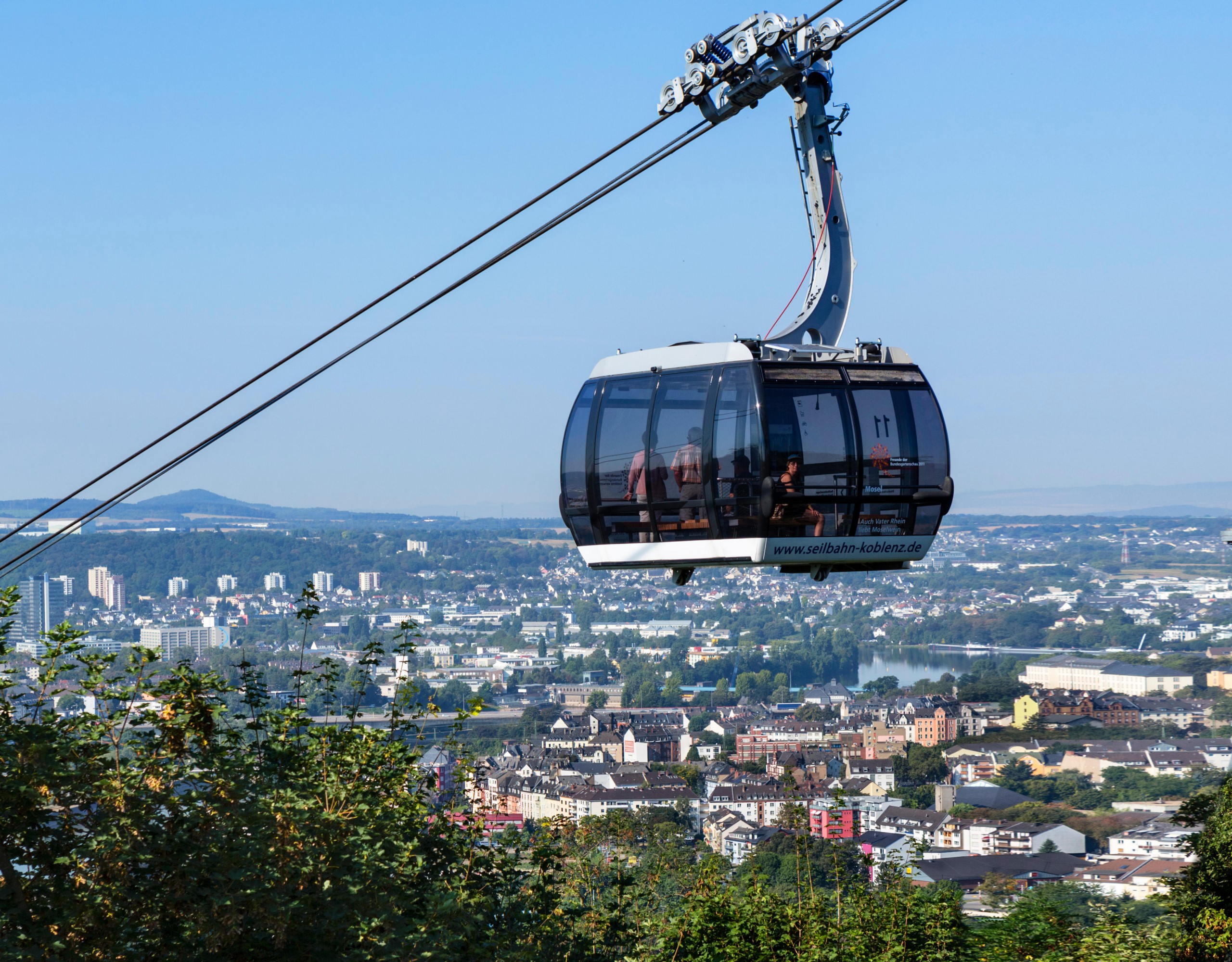Last spring, the Tyrolean regional government in cooperation with the city of Innsbruck invited tenders for a feasibility study on alternative public transport facitlites in and around Innsbruck. The aim was to investigate the basic feasibility of cableway systems in public transport and to compare them with the systems currently in use. The BERNARD Gruppe was selected as the best bidder. Its offer, made in a joint venture with the mobility planners from Kairos in Bregenz and supported by ropeway know-how from Doppelmayr, convinced the decision makers.
On the basis of the Tyrolean traffic simulation model, as well as an analysis of important locations in the project area, and through workshops with the city of Innsbruck and the eastern and western communities of the Mittelgebirge settlement area, all conceivable station points were collected.
The possible connections between the station points were analyzed and assessed. The main test criteria were travel times, feasible routes without crossing settlement areas, wind stability and the positioning of stations at traffic junctions.
Finally, the traffic effectiveness – i.e. the realistic use of a cableway on a typical working day or Sunday and public holiday – was examined for all remaining possible and appropriate cableway connections.
Furthermore, it was analyzed in detail how possible station locations could be connected with a new bus system, how a cableway system in the Mittelgebirge could also make the bicycle a means of transport suitable for everyday use, and which chances could result from a linking of everyday with leisure and tourism traffic.
In any case, promising ideas have emerged for connections between Innsbruck and the eastern Mittelgebirge, which support a more in-depth investigation.
In this way, operators could provide relief during peak traffic periods in the greater Innsbruck area and raise public transport to a “new level”, not only in the proverbial sense.
Lukas Praxmarer, BERNARD Gruppe







